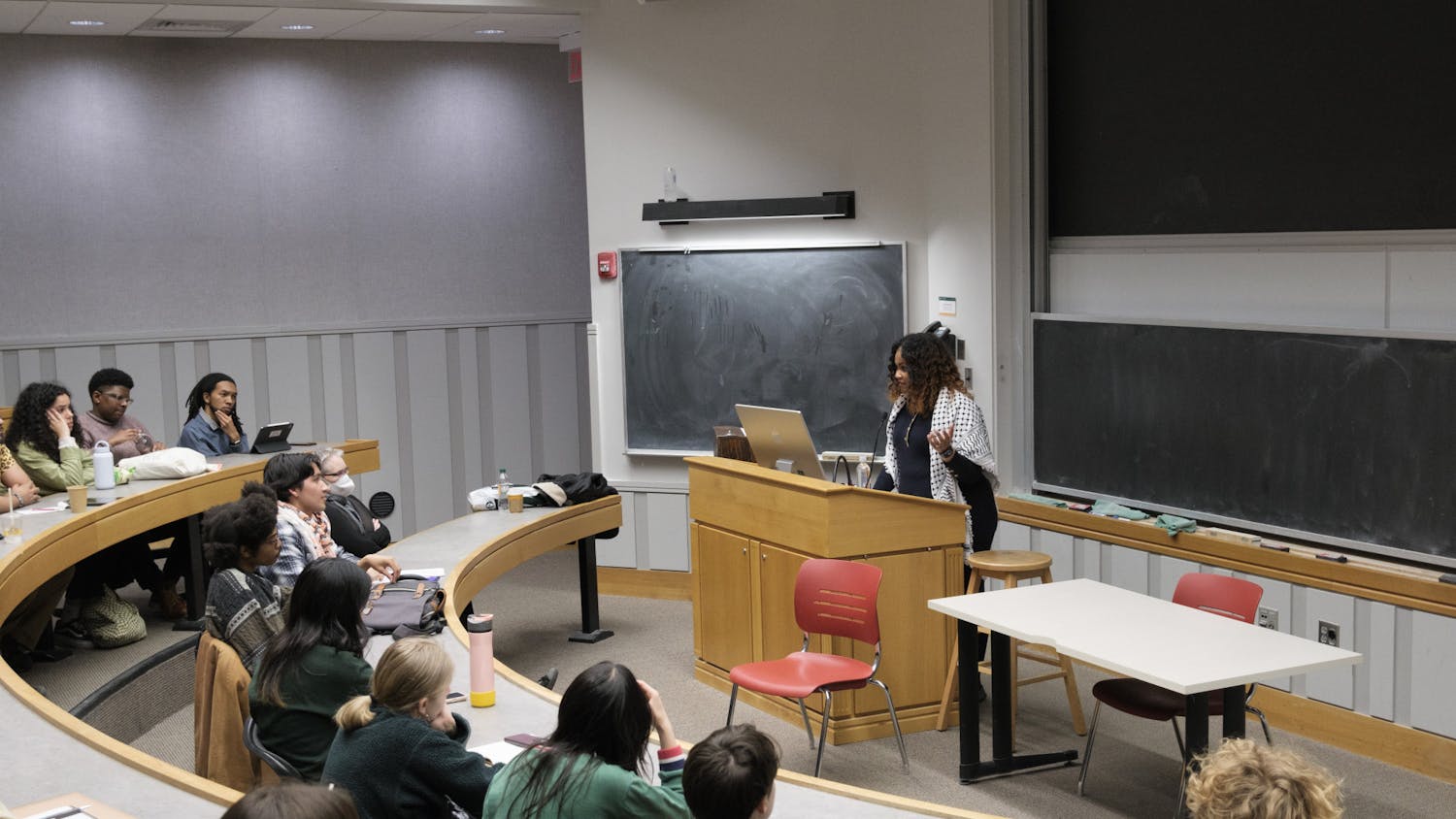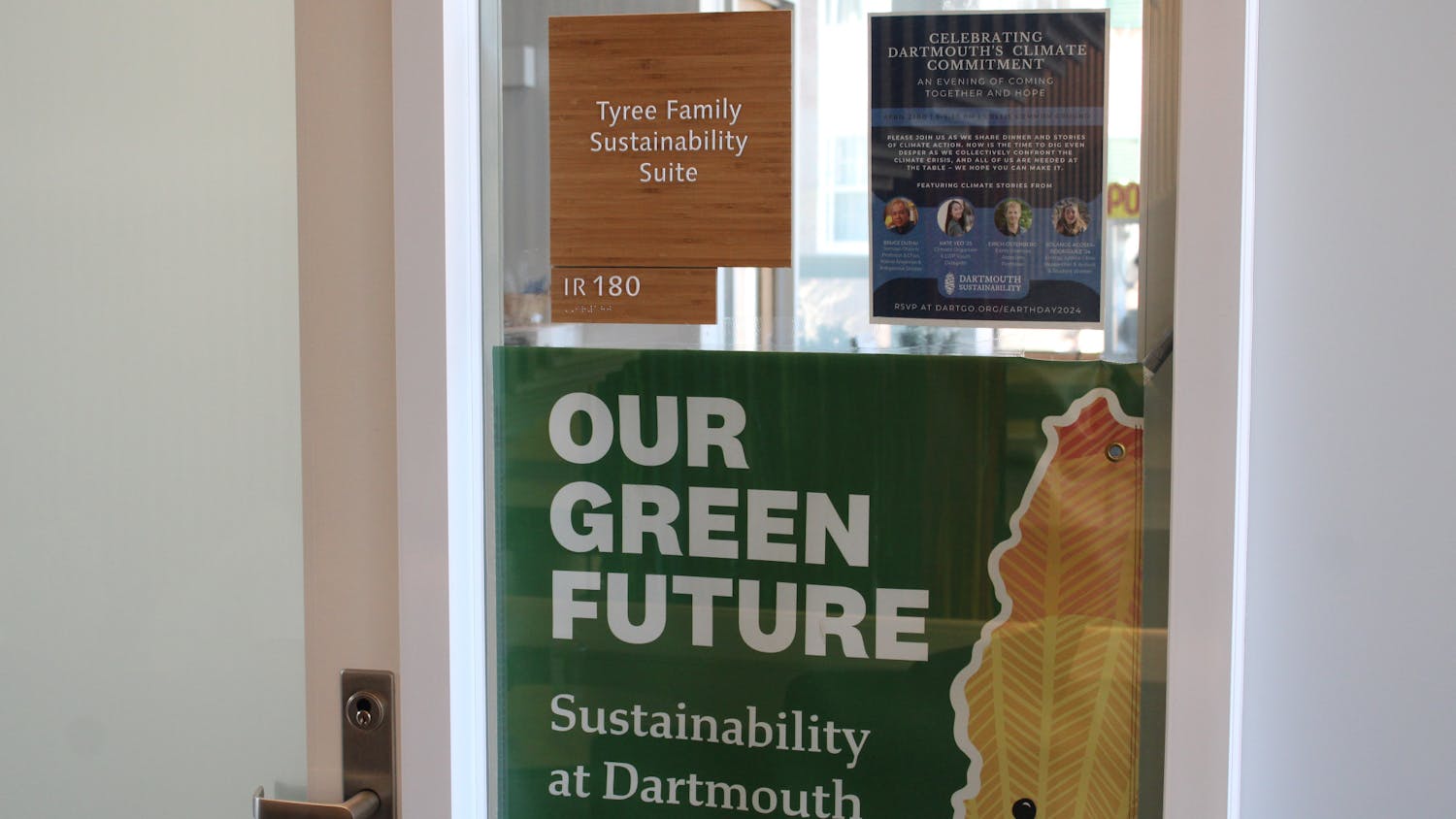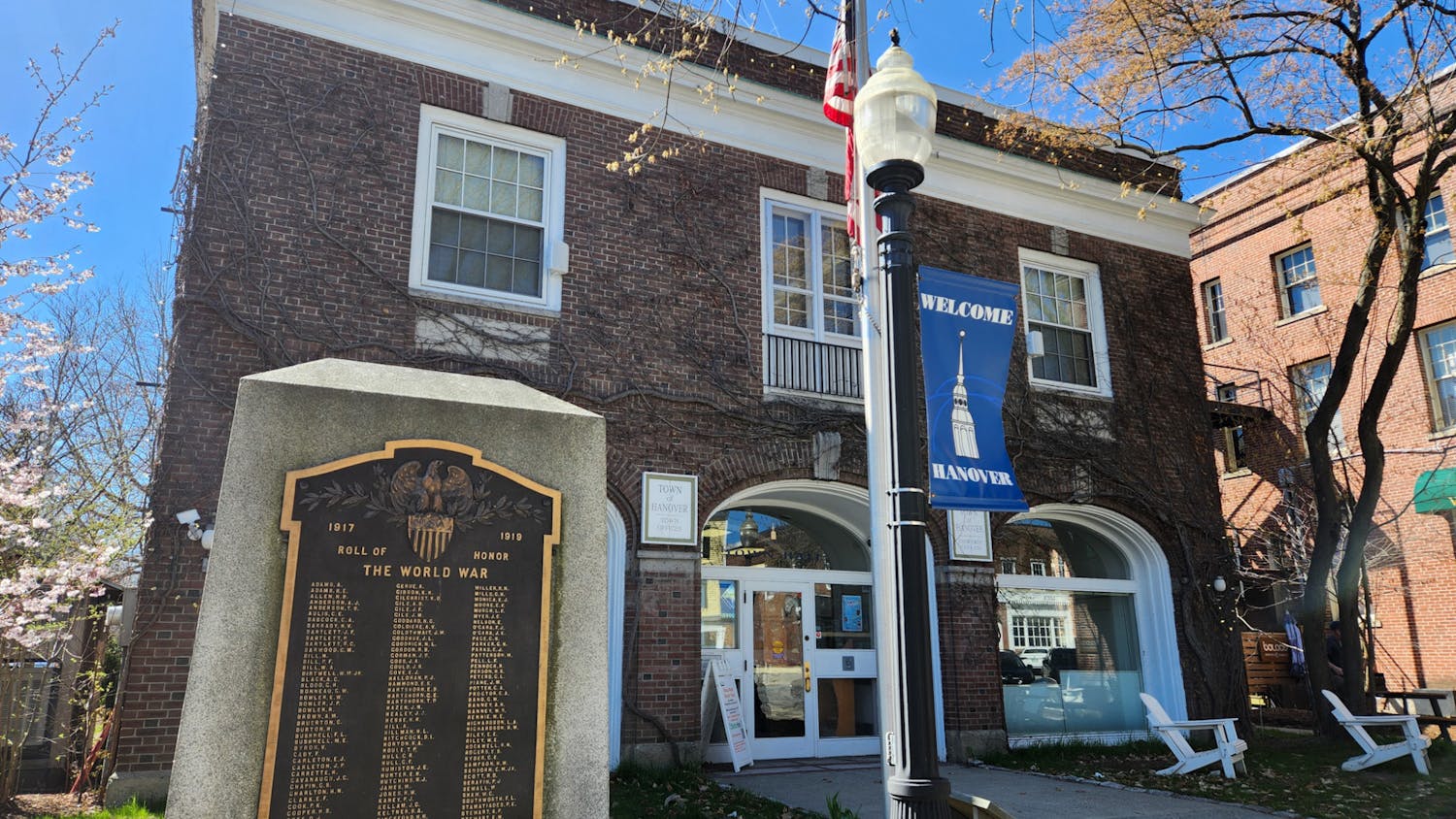Environmentally-conscious building designers and construction workers are making efforts to ensure that the newest dormitory at the Big Green, the Tuck Mall Residence hall is, well, green.
Construction of the $17.6 million dormitory employs the environmentally-conscious standards of Leadership in Energy and Environmental Design, a voluntary, self-assessing system for developing sustainable, efficient buildings. In employing these nationwide standards, Dartmouth joins nearly 40 percent of the U.S. education sector.
Executive Officer to the Provost Mary Gorman, who oversees the office of planning, design and construction, said the College is using LEED to provide structured guidelines for making the buildings as "green" as possible.
"Dartmouth has a history of creating well-thought-out features in our buildings; all our new buildings have energy-friendly features," Gorman said.
Not all the standards of LEED, however, are applicable at Dartmouth because of the climate, Gorman said, but many are being used in the new buildings on campus.
James Schwartzkopf, vice president of Henniker, N.H.-based North Branch Construction and manager of the project, said that many aspects of the dormitory's construction distinguish it from less energy-conscious buildings,
"We use recycled products, regional materials from within a 500-mile radius and high-energy insulation with closed-cell polyurethane," Schwartzkopf said. "We also use 'smart wood,' which comes from forests that renew materials by planting two trees for every tree used."
The new residence hall will have energy-efficient features such as an "in-slab radiant system" for both heating and cooling the facility. Two 1,500-foot standing-column wells will act as a geothermal source for the cooling system by sucking ground water out of wells and pumping it through the walls, Schwartzkopf said.
Other buildings in progress, such as the McLaughlin Residential Cluster and Kemeny Hall-Haldeman Center building, are also being built according to LEED guidelines, Gorman said.
The Tuck Mall Residence Hall is intended to alleviate the housing crunch that students currently face. Since women began attending Dartmouth in 1972, enrollment has steadily increased without the addition of new residence halls. The new dormitory will add 162 new beds toward an overall goal of 500 additional beds.
The construction workers also took steps to avoid harm to the immediate vicinity. To avoid destroying a large elm tree located near the construction site, workers built a 12-foot high retaining wall around the stately tree.
The five-story facility was designed by architects Atkin, Olshin, Lawson-Bell of Philadelphia. It is expected to be completed and ready for occupancy by the fall of 2006.



